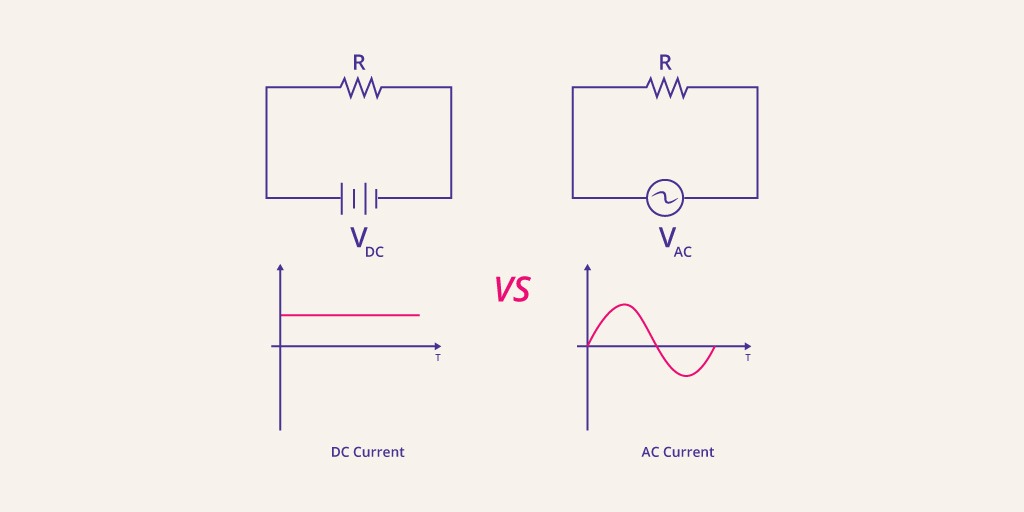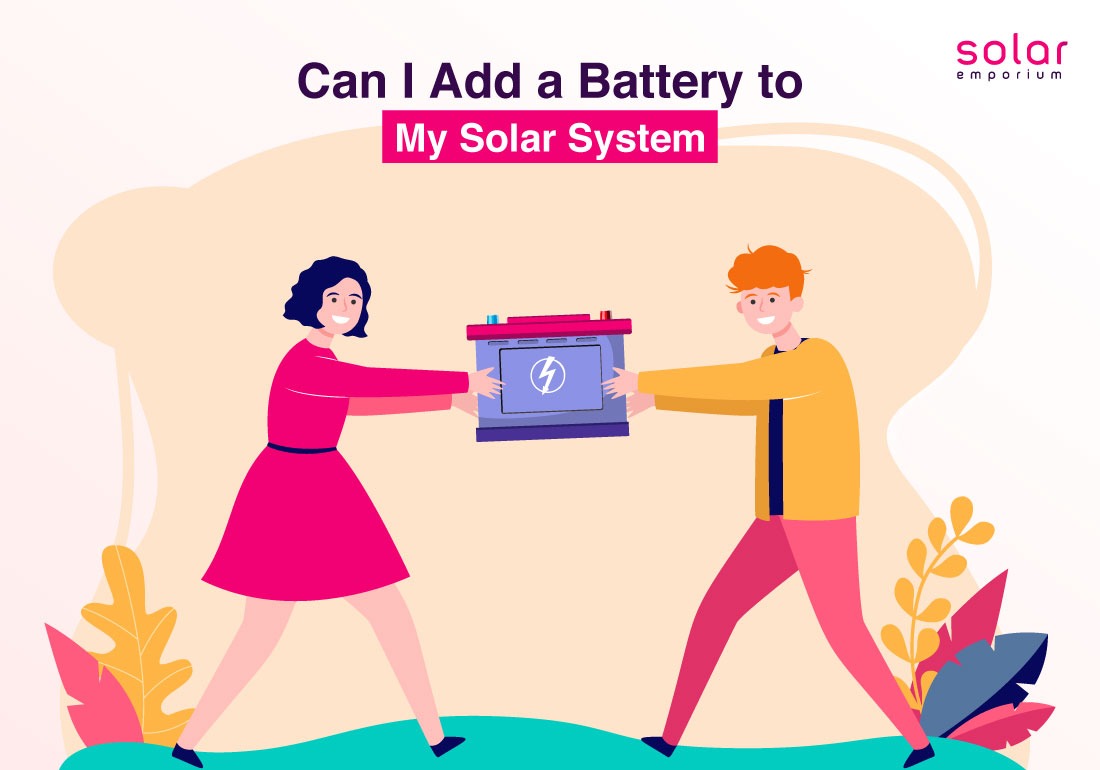With a vast majority of the population opting to go solar to retaliate against the increasing power bills and grabbing the opportunity of declining solar battery prices, it’s safe to say we are heading in the right direction. Many of us already have rooftop solar, and in an attempt to get the most out of the solar system, adding a solar battery should be on top of our priority list. Kudos to you, as you are already thinking about it, judging from the fact you are here in the first place.
So, the topic of discussion is, can I add a battery to my solar system if I wish to? The short and simple answer to that is yes, yes, you can. However, there are some things that you need to double-check before you think about it. Although solar battery prices are indeed falling, they can’t just be labeled as something cheap, not yet.
Before we jump to that, it’s essential to know the basics of how solar battery works.

How Solar Battery Works?
There are two types of solar battery storage systems to consider when on the topic. One is AC coupled, and the other is DC coupled solar battery.
In an AC-coupled system, solar panels produce DC power, which is then converted into AC electricity via a solar inverter. Your house appliances may then get this AC power, or it may go to another inverter, which will convert it back to DC so that it may be stored in a battery system. Any power that is stored in a battery system for AC-coupled systems must be reversed three times before it can be used back in the house.
On the other hand-
A DC-coupled system means that there is no inversion of solar power from DC to AC and back before the electricity is stored in the battery. Instead, DC solar electricity flows from solar panels to a charge controller that immediately feeds into a battery system. Any solar-generated electricity will only undergo one inversion (from DC to AC), either when it travels from batteries to your home’s electrical system or out to the power grid. With a DC-coupled system, your house is inevitably dependent on the battery for its primary source of energy if not connected to the grid.
Besides that, built-wise, there once again are several types of batteries available in the market. For instance, nickel-cadmium batteries, flow batteries, lithium-ion batteries, and lead-acid batteries. Because of their low cost, lead acid batteries are by far the most common option among all of these battery kinds. However, they need regular maintenance and are vulnerable to damage if not handled carefully. Lithium-ion batteries, on the other hand, are also growing in popularity lately.
Now that you are familiar with the basics of solar batteries, here is a list of things to check before you can add a battery to your solar system-
Existing Solar Inverter Compatibility
As discussed above, there are two types of solar battery storage systems which work in two different ways. Just like the batteries, there are different types of inverters that do the energy conversion of solar-generated DC electricity differently.
Your existing solar inverter can be a hybrid inverter or a standard inverter. In case you have a standard inverter, you are going to have to go through a bit more trouble. I will explain everything; bear with me.

You see, a standard inverter is only capable of converting DC to AC for the house to use. So, when you have a standard inverter, there are about two ways you can go by. The first option is to get rid of this system and add a charge controller, which can regulate the solar energy into going to the battery first, and tie it with a battery inverter that will supply electricity to your house. Needless to say, this is quite the expensive route to take as charge controllers that are able to take such a huge load are not cheap.
The second route to take, in case you have a standard inverter, is to opt for an AC-coupled system. This way, your system remains the same; it just gets an addition of a hybrid inverter with batteries. In this scenario, when the grid is down, the hybrid inverter steps up to keep the entire thing up and going. Without the hybrid inverter, your solar system will shut down if the grid goes down, but with the addition of the hybrid inverter, the sine waves produced by it trigger the standard inverter to keep on generating electricity, which then gets stored in the battery bank. Also used in the house.
Then comes the situation where you have a hybrid inverter. In this case, adding the battery bank will be a breeze as this one is equipped to convert both ways. Thus, saving you the hassle of getting to figure out the whole thing once again.
However, there still remains the question of how much load the inverter is able to handle and so many other things. For all these calculations and figuring out, I believe it’s best to just leave things to the professionals.
Budget
With a minimum value, you can get yourself a working battery or an amazing one. You have to figure out what your needs are and take into consideration your area, your future demands, etc.; with the calculation of everything, you have to map out a budget for the solar battery. There are many companies, including us, who can sort you out a financial plan; also, there are government rebates to help you become energy independent.







